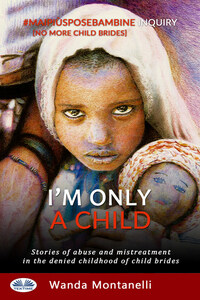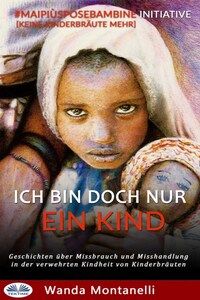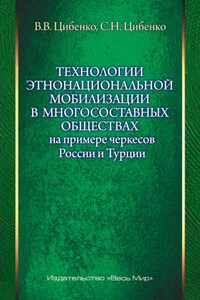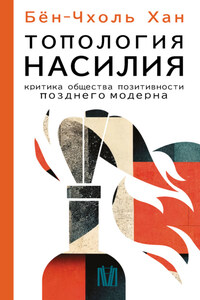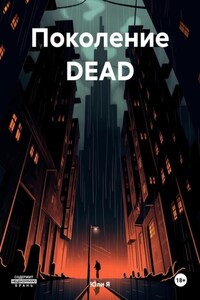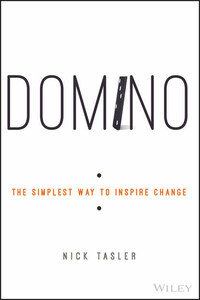#Maipiùsposebambine Inquiry
[No more child brides]
I’M ONLY
A CHILD
(Stories of abuse and mistreatment
in the denied childhood of child brides)
Wanda Montanelli
Copyright© 2019 Wanda Montanelli
First edition: 7 January 2019, StreetLib Write http://write.streetlib.com
English edition 13 May 2019
Translator: Linda Thody
The cover picture is from the painting "Bambina Sposa" [Child Bride], created by the artist Michele Zatta in March 2019, to represent the subject of this book.
Published by: Tektime – www.traduzionelibri.it
Facebook: https://www.facebook.com/SonoSoltantoUnaBambina/
All rights reserved. No part of this publication may be reproduced in any form, or by any mechanical or electronic means, nor photocopied or recorded, or otherwise disclosed, without the written permission of the publisher.
CHAPTER I
STORIES ABOUT CHILD BRIDES
To all the courageous little girls who started
the protest against child marriage,
and all the others who, although forced to marry,
are fighting for a better fate for their own children
From dolls to husbands
These are true stories
They took place in countries where it is customary to oblige young girls to go from playing with dolls to being controlled by a husband, who is often elderly, a stranger, someone chosen by their family
The Tortured Child Bride
A Symbol of Human Rights
Sahar Gul’s story is emblematic and a testimony to unacceptable cruelty.
The image of the little girl who her torturers forced into prostitution is a picture of suffering: her swollen eyes, the bruised skin on her face, a burnt ear, her hands – without nails because the vile criminals pulled them off – are covered in dark scabs and wounds.
Everyone who’s seen the photograph of the small victim has felt a surge of revulsion and rebellion. Civil society, the press, social networks, associations, have all made their strong disagreement and condemnation of the child’s persecutor heard.
Sahar Gul refused to be a prostitute and she was massacred
The reason for all this fury was because the little girl refused to be a prostitute. As a little slave, forced into early marriage, she quickly realized there were no limits to the cruelty of her tyrant husband, the soldier Gulam Sakhi. The adult man who, in addition to having violated her innocence, felt he could make money out of her emaciated body, by selling her to his sickening peers.
He claimed powers of life or death over the child and helped by relatives – as cruel and greedy as himself – he made Sahar endure paid sexual encounters, with men of all ages, to make money and profit ruthlessly.
Sahar’s and Gulam’s is one of the many -too many- forced marriages, which when described truthfully, are nothing more than the actions of paedophiles against innocent little girls.
Right from the start, the intentions of the soldier’s entire family unit were to earn money by offering his little wife to sate the appetites of perverts, ignoring the little girl’s protests, her pain, her immense disgust.
An impossible life, then her escape and salvation
What happens in a house where adults hold a minor prisoner? And how does a twelve-year-old girl, caught in the trap, feel?
At first Sahar didn’t realise the irreversibility of her state. They told her that getting married was a duty, a natural event, the only way to exist with dignity, with the man of the house responsible for the entire household. They told her this is what women have to do: get married, obey their husband and have children. They forced her to accept marriage, especially her parents, her mother. How she would have loved to have a sympathetic mother, one she could turn to for help in understanding what was happening to her, how all the other men who claimed her body fitted into the picture: old men, young men, strangers for whom she felt repulsion, who as they got closer to her made her heart seem about to burst from beating so fast, or just stop out of fear.
She hated them. And she hated her husband. She detested all the adults who portrayed marriage as a happy event to her. She found no confirmation of all their promises. She had thought, that although she was being forced to marry, she would find affection, loving gestures, comforting words, nice manners. But there was none of any of this. She was trapped and her husband was a tormentor; neither husband, nor friend, nor relation. A brute. Her mother-in-law and all the rest of the family were even worse than him. And Sahar was only a child.
Sahar didn’t know who to turn to among the people who came and went in her home.
She showed signs of distress when she heard her relatives’ unbelievable words as they insisted – every time a stranger crossed the threshold – in persuading her to whore. She refused, she screamed, she cried; but her husband and in-laws quickly went from words to more forceful methods: they used threats and any other means of coercion to break down the child’s resistance.
It was impossible for Sahar to live with the fear, the sleepless nights, the dread of being insulted and offended every day. The awareness that there would never be either freedom or a future in her life, drove her to react.
